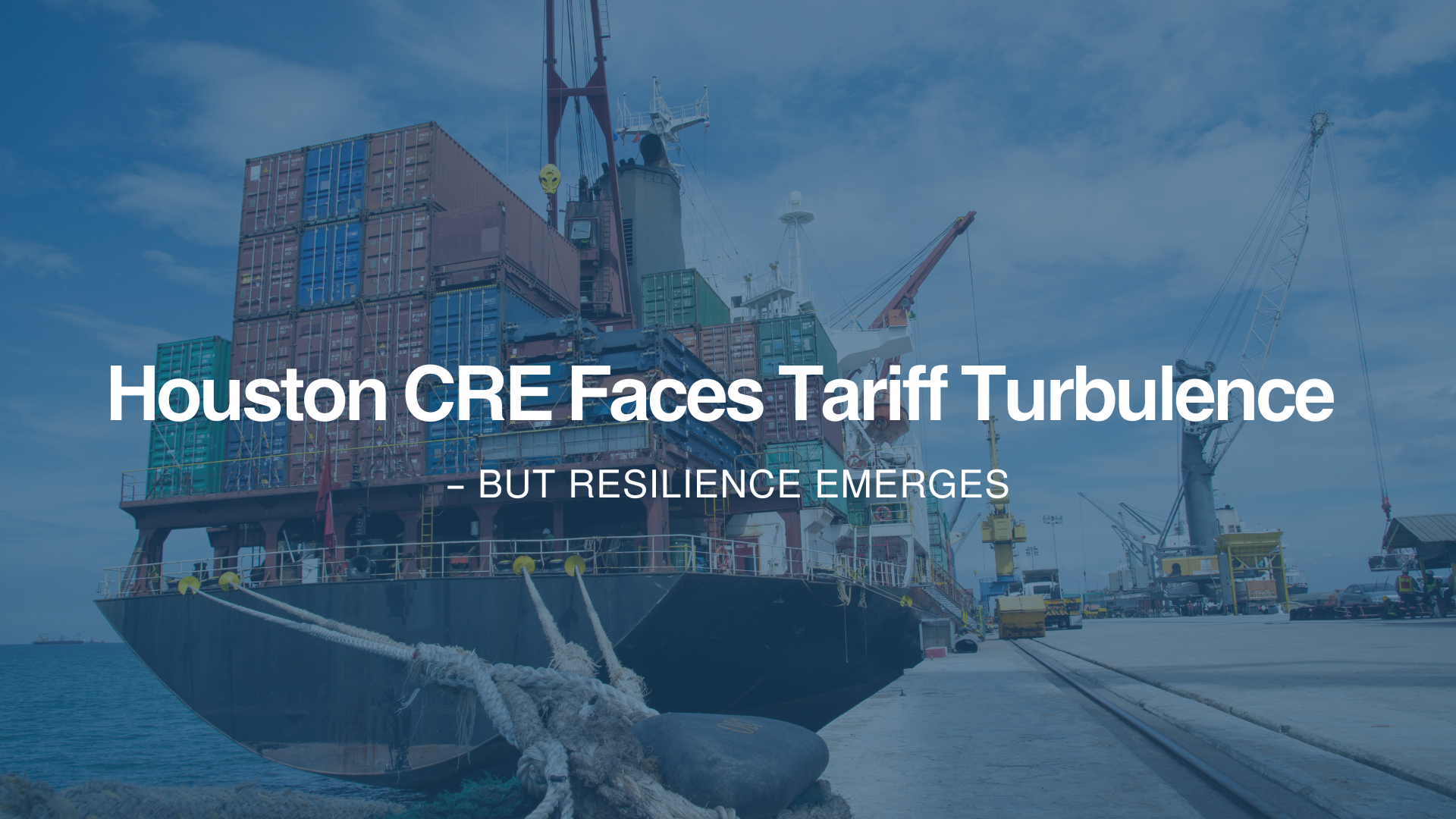Houston CRE Faces Tariff Turbulence – But Resilience Emerges
Melissa Gerber Brams / May 22, 2025
Houston CRE Faces Tariff Turbulence – But Resilience Emerges

Houston’s commercial real estate (CRE) market is weathering new challenges as tariffs on steel, aluminum, and other materials continue to reshape construction costs, project timelines, and investment strategies. While rising prices and supply chain disruptions have slowed development and leasing activity, several sectors are proving resilient – and local players are finding smart ways to adapt.
Tariffs Drive Up Costs and Delay Projects
The return and expansion of tariffs in early 2025 – including a 10% flat rate and country-specific hikes up to 145% – have been a major blow to developers. Key construction materials like steel and aluminum have seen sharp price increases:
- Domestic steel prices are up 8–10% in Houston.
- One warehouse project in Northwest Houston went $2 million over budget due to tariff-related costs.
- Aluminum, elevators, HVAC systems, and even electrical components are more expensive.
Contractors trying to source domestically are also seeing inflated prices, as domestic suppliers face less competition. The result? Overall project costs are up 5–10%, and many developers are delaying or canceling new starts.
Houston’s Construction Pipeline Shrinks
The numbers speak for themselves:
- Industrial space under construction in Houston was down 29% YoY by late 2024.
- Construction deliveries plummeted from 32 million sq. ft. in 2023 to just 19 million in 2024 – a 53% decline.
Developers are hesitant to break ground amid unpredictable material costs and longer lead times. Combined with higher interest rates and labor shortages, it’s clear why the skyline is seeing fewer cranes.
Leasing and Investment Impacted
Tariffs aren’t just hitting construction—they’re rippling across the entire CRE ecosystem. Leasing activity is cooling as businesses wait for clarity:
- Industrial leasing dropped 20% in Q4 2024.
- Net absorption fell to just 3.2 million sq. ft., about half the prior quarter.
- Office leasing remains sluggish and is still 36% below pre-COVID levels.
Investors are more cautious, too. With rising costs and delays, many are demanding higher returns, pushing cap rates up and property values down. Lenders are tightening standards, especially for speculative or underwritten deals.
Not All Sectors Are Struggling
Despite headwinds, some parts of Houston’s CRE market are holding strong—and even growing. Several sectors in Houston’s commercial real estate market are showing strong resilience and growth despite tariff-related headwinds. E-commerce continues to benefit from the boom, with warehouse leasing jumping 26% in Q1 2025 compared to the previous quarter. Manufacturing and industrial tech are also gaining momentum, driven by onshoring trends. Houston’s strong infrastructure and skilled workforce are attracting industrial tenants seeking domestic production capabilities. The medical office and life sciences sector remains a pillar of stability, with consistent healthcare demand and long-term investment appeal. Developers are increasingly shifting focus to healthcare to reduce exposure to speculative risks. Self-storage is another standout, bolstered by population growth, high mobility, and demand from small businesses. It’s also less reliant on steel, making it more resistant to tariff-related cost spikes. Finally, data centers are seeing rapid growth due to surging cloud and digital infrastructure needs. Even with material cost pressures, the demand for tech infrastructure continues to climb, positioning this sector as a strong performer moving forward.
Adaptation Strategies Are Emerging
Rather than sit idle, Houston’s CRE industry is finding ways to work through the disruption. Creative solutions are helping keep deals alive:
Modular & Prefab Construction
- Off-site prefabrication reduces waste, cost, and construction delays.
- Prefab use has more than doubled in two years and is gaining momentum.
Supply Chain Diversification
- Builders are sourcing from multiple regions to avoid tariffed goods.
- Alternative materials like engineered wood are being used more frequently.
Strategic Investment Shifts
- Investors are targeting stabilized assets and resilient sectors.
- Capital is flowing into logistics, healthcare, and self-storage—less exposed to tariff risk.
Long-Term Outlook
- Developers are factoring tariff clauses into contracts and redesigning projects to use less steel.
- Many believe trade policies could stabilize later in 2025, providing a boost in confidence.
Final Takeaway
Yes, tariffs have caused pain—higher costs, fewer projects, and cautious tenants. But they’ve also forced the industry to adapt, innovate, and double down on what works. Houston’s strengths in logistics, healthcare, and manufacturing are helping it stay afloat, and the long-term fundamentals remain intact.
The road ahead may be bumpy, but Houston CRE is still moving forward—just with a few new detours.
Sources:
NAIOP Research & Blog, CBRE Research, Houston Business Journal (Ashley Fahey, National Observer series), ICO Commercial Houston Market Update, Clarion Partners Insights, Kinexio / Houlihan Lokey Report, JLL Construction Outlook 2025, Colliers & Partners Real Estate Houston Industrial Reports, Avison Young Research, Business Insider (Construction costs and tariffs), NAHB / Construction Dive (material cost data)
« Previous 